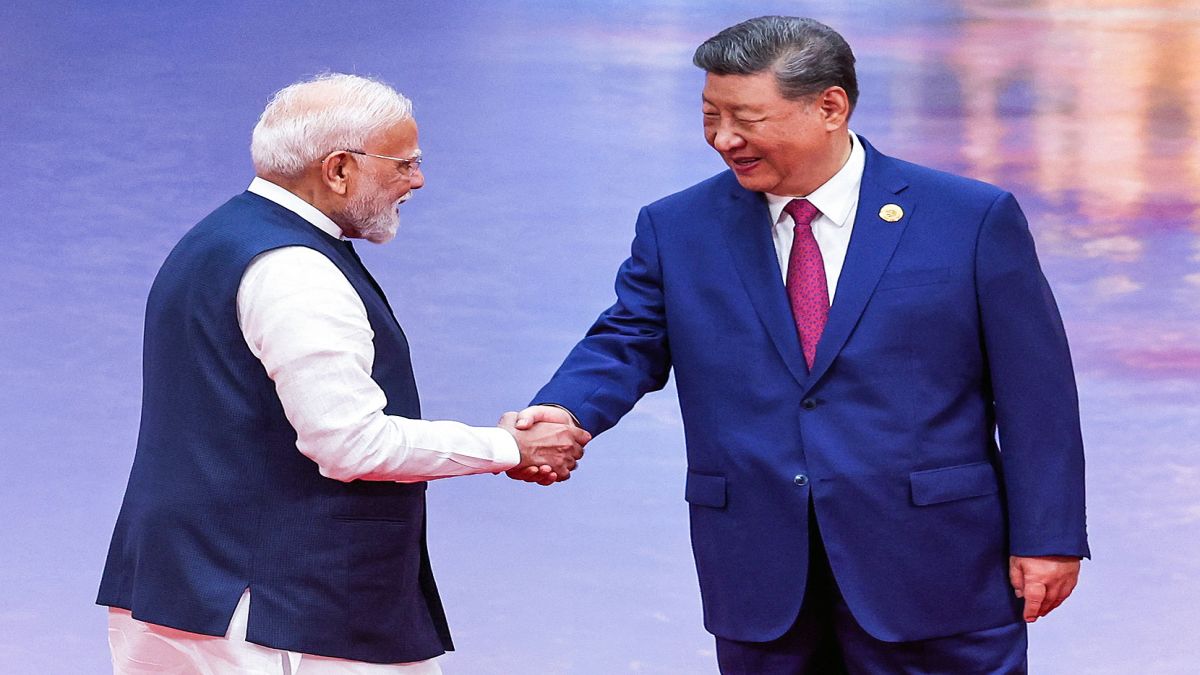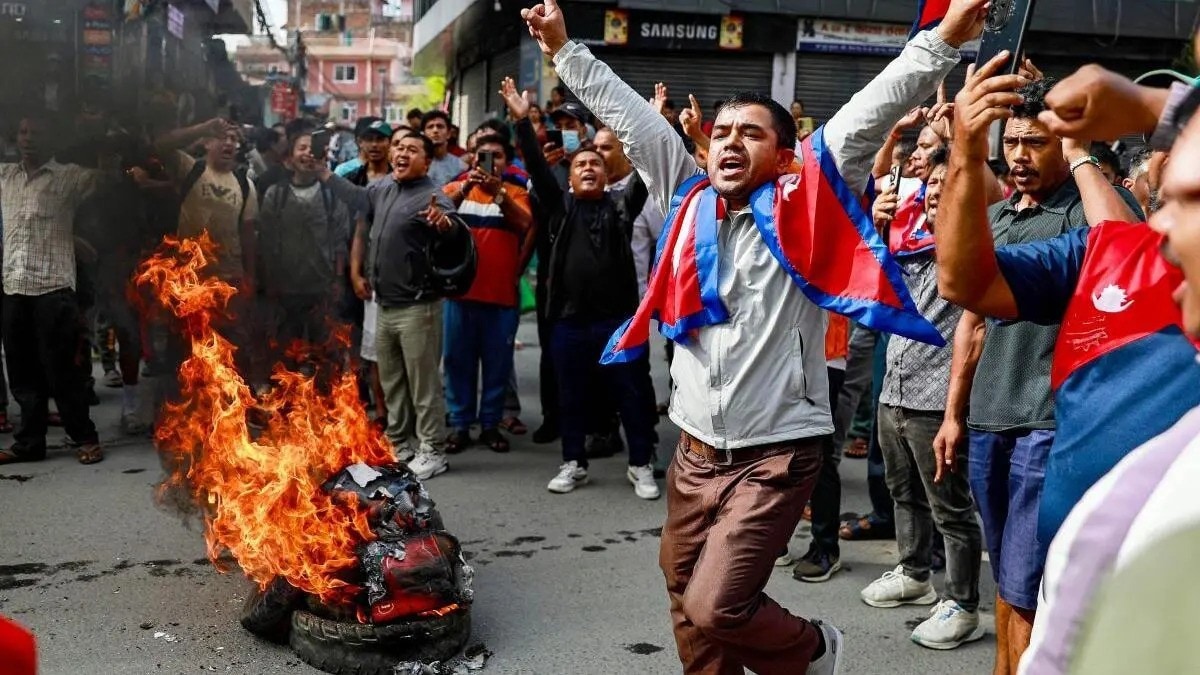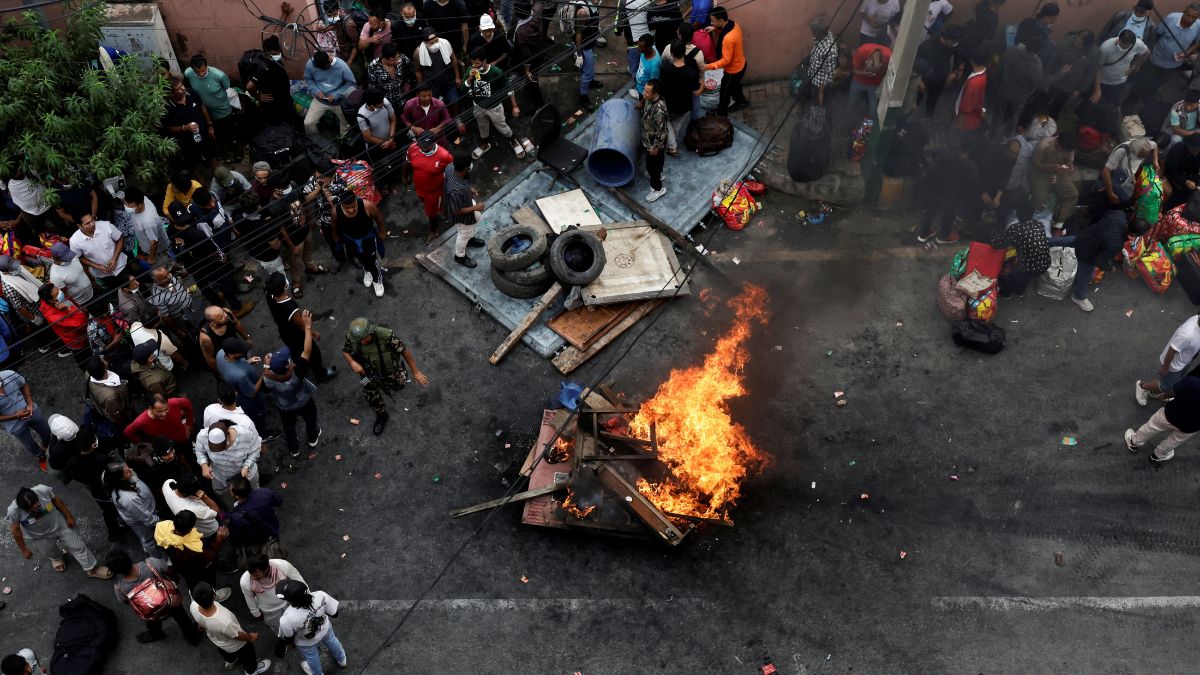The much-anticipated meeting between Prime Minister Narendra Modi and President Xi Jinping on August 31, 2025, at Tianjin, China, ahead of the 25th SCO Summit, was of special significance, given the turbulent geopolitical environment. The meeting aimed to further the rapprochement phenomenon started at Kazan, Russia, where the two leaders had met on the sidelines of the Brics summit last October.
At Kazan, Modi and Xi gave a stamp of approval to the ‘Disengagement and Restoration of Border Patrolling Agreement’ at Depsang and Demchok. It marked a major breakthrough, as the disengagement process had been deadlocked over these two locations, while at Pangong Tso, Gogra-Hot Spring and Galwan, it had been accomplished earlier. The relations between India and China had bottomed out as a sequel to the intrusion by the Chinese People’s Liberation Army (PLA) in Eastern Ladakh in May 2020.
High-level diplomatic activity resumed between Delhi and Beijing post Kazan, setting the stage for the Tianjin dialogue. In addition, there were strategic drivers as well, especially US tariffs cum technology restrictions on India and China, which did nudge the two neighbours to tone down the differences and focus on economic cooperation and regional stability.
The Tianjin meeting was marked by cautious optimism. Modi and Xi welcomed the progress made in the bilateral ties over the recent past, noting that India and China were not rivals and differences should not turn into disputes. The two leaders deemed it necessary to expand common ground on bilateral, regional and global issues, besides addressing challenges like terrorism and fair trade at the multilateral forums.
Modi echoed the theme of three mutuals – trust, respect and sensitivity – and emphasised that both nations should pursue strategic autonomy and their relations should not be seen through the third country lens. He also acknowledged that peace and tranquillity have been restored along the Line of Actual Control (LAC) following the disengagement and new border management agreement endorsed by the Special Representatives (Ajit Doval and Wang Yi). Modi further stated that the resumption of Kailash Mansarovar Yatra and direct flights between the two countries will boost people-to-people relations.
Impact Shorts
More ShortsXi recalled the civilisational connection of the two countries to remain ‘friends and good neighbours’. He reiterated that the border issue should not define the overall bilateral relations, and ties should be handled from a strategic and long-term perspective. Xi used the evocative metaphor of the ‘dragon and elephant’ coming together, asserting that it is the right choice.
Sharing his perspective on the geopolitical milieu, Xi expounded that the world is in a state of transformation, marked by fluidity and chaos. He also underscored the importance of the Global South and the responsibility of improving the well-being of the citizens of the countries.
Improvement in bilateral ties can certainly prove beneficial for both the countries, especially in the economic arena. India is aware of its dependence on Chinese supply chains and also about the limitation to position itself as an alternative to China (China plus one). Beijing has lifted restrictions on the key commodities, including fertilisers, rare earth minerals and tunnel boring machines.
The Indian electric vehicle sector will benefit by offering space for the Chinese companies to expand. Delhi has pushed for greater market access to balance the trade so as to narrow the existing deficit, which currently stands at $99.2 billion. The two governments have also agreed to open the border trade.
Beijing has a reputation for exploiting economic asymmetry, and its funding comes with a hidden agenda, a reality which cannot be wished away. In sensitive sectors, India will be sceptical of the Chinese investment and watchful about local markets not being flooded with cheap goods.
The Tianjin meeting, despite being high on promise, had inherent limitations due to structural fault lines between Delhi and Beijing. Most critical, of course, is the border dispute; even Chief of Defence Staff Gen Anil Chauhan has called it the biggest security challenge recently. While disengagement of troops from the friction points has reduced tension, the situation along the LAC remains sensitive, as around 50,000 troops remain deployed by either side.
Any local instance could seriously derail the reconciliation process. In view of the prevailing trust deficit, de-escalation is unlikely in the near future. Even the status of LAC has undergone a significant change with the creation of buffer zones. Further, there are new patrolling protocols wherein the earlier practice of patrolling independently has now been replaced by joint patrolling with prior notifications.
With the new border management agreement in place, the efficacy of earlier agreements, especially the ones signed in 2005 and 2013, remains uncertain. By building massive military infrastructure in Tibet and Ladakh, alongside fortifying the LAC, including building a chain of model villages (Xiaokangs) to act as border outposts, the PLA’s aggressive design is no secret.
Beijing remains extremely sensitive about Tibet; its security figures prominently in the White Paper on ‘China’s National Security 2025’. It is further vindicated by the fact that Xi, as president, paid a second visit to Lhasa last month (the earlier one was in July 2021), where he urged building a ‘modern socialist’ Tibet. China’s persistent claim on Arunachal Pradesh, which it refers to as Zangnan (South Tibet), and damming of Yarlung Tsangpo in the lower reaches have serious strategic implications.
China’s all-weather ties with Pakistan have evolved into a symbiotic relationship, openly demonstrated during ‘Operation Sindoor’. There is strong evidence that the Chinese were actively involved in strategising and guiding Pakistani operations against India. China supports Pakistan’s proxy war against India by shielding known terrorist leaders at various global forums. China has succeeded in hyphenating India with Pakistan. Beijing has also made deep inroads into South Asia and is actively working on creating new groupings like the ‘China-Bangladesh-Pakistan’ trilateral to marginalise India.
One of China’s core strategies is to pitch ‘one barbarian against the other’. Given the ongoing tension between Delhi and Washington, Beijing perceives it as an ideal opportunity to weaken the Quad. The Chinese Communist Party mouthpiece The Global Times’ recent piece, ‘US-led small circles like the Quad are intrinsically flawed’, substantiates the point. In a quest to offer an alternative to the US-West-led global order, Xi is aggressively leveraging forums like SCO and Brics. Beijing’s perspective of a multipolar world implies a unipolar Asia.
While the Tianjin meeting has paved the way for greater engagement between the two neighbours, the presumption that the ties will transition back to the 2019 days (Wuhan-Mamallapuram bonhomie) is a far cry. Allowing China to get away with violating the sanctity of the border (LAC) at will and weaponising trade and diplomatic manoeuvrings to isolate India will embolden the Communist leadership. In the current scenario, Beijing will certainly try to squeeze Delhi on issues like the ‘One China’ principle, Tibet and Taiwan. Although China negotiates only with equals, it does make symbolic concessions at times to serve its national interests.
Our current reactive approach to managing the Chinese challenge, marked by adhocism, merits a serious rethink. There is an urgent need to formulate pragmatic China policy to ensure strategic clarity and a long-term blueprint. Fast-tracking capacity building is no longer an option but a necessity, as asymmetry in the Comprehensive National Power (CNP) vis-à-vis China is only widening. The Elephant ought to be wary to dance with Dragon, given the past missteps.
The author is a war veteran and has served as Defence Attaché in China and North Korea. He is currently Professor of Strategic-IR & Management Studies. Views expressed in the above piece are personal and solely those of the author. They do not necessarily reflect Firstpost’s views


)

)
)
)
)
)
)
)
)



